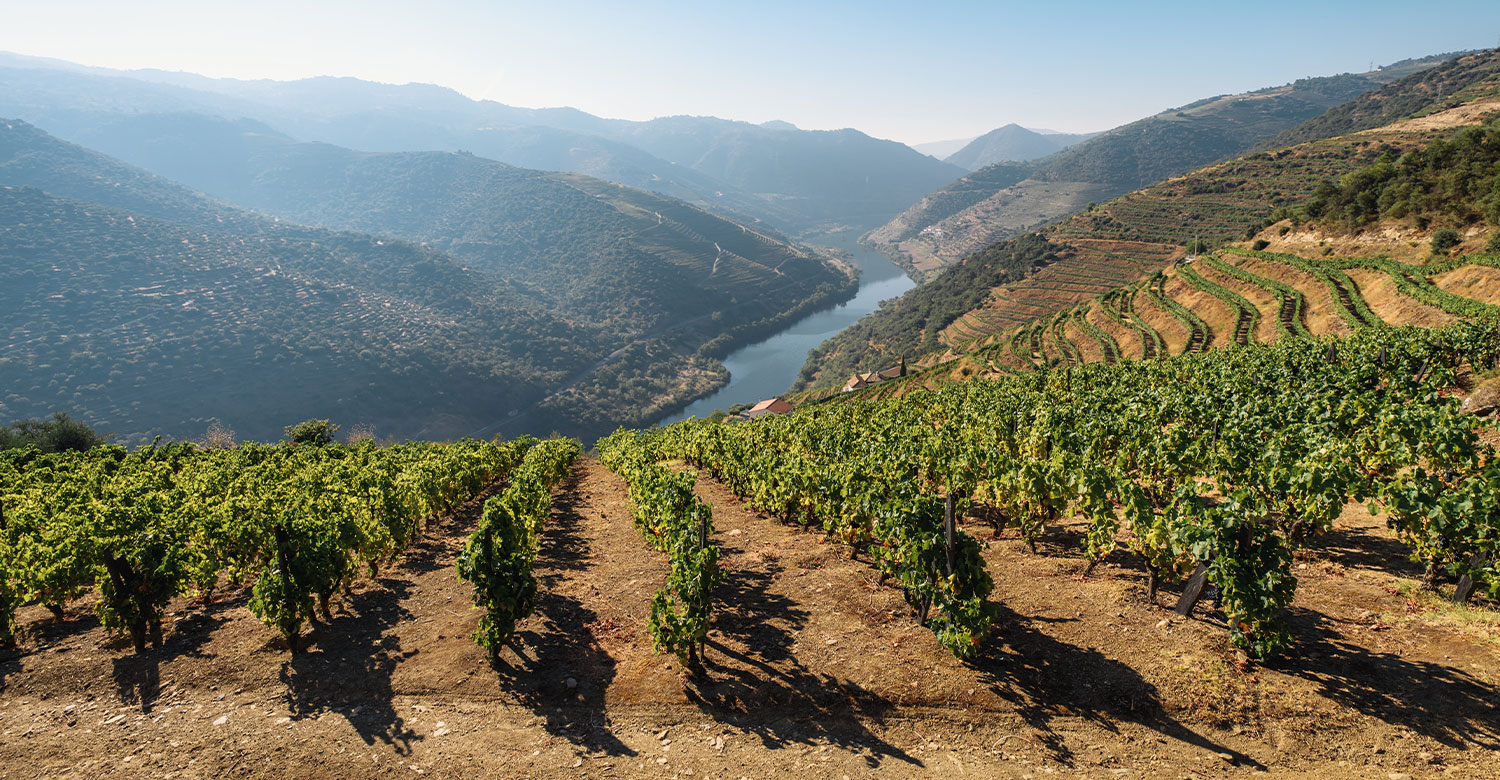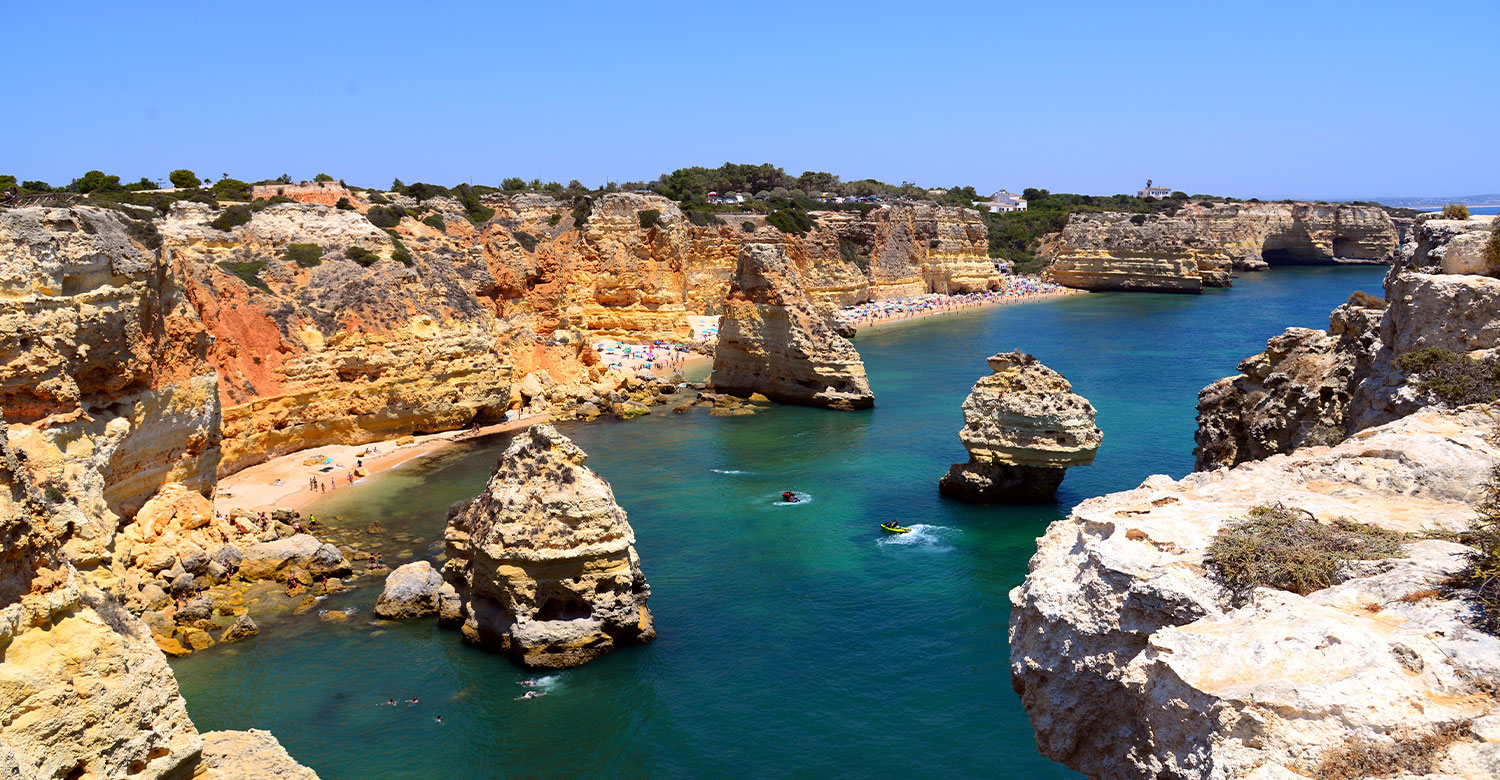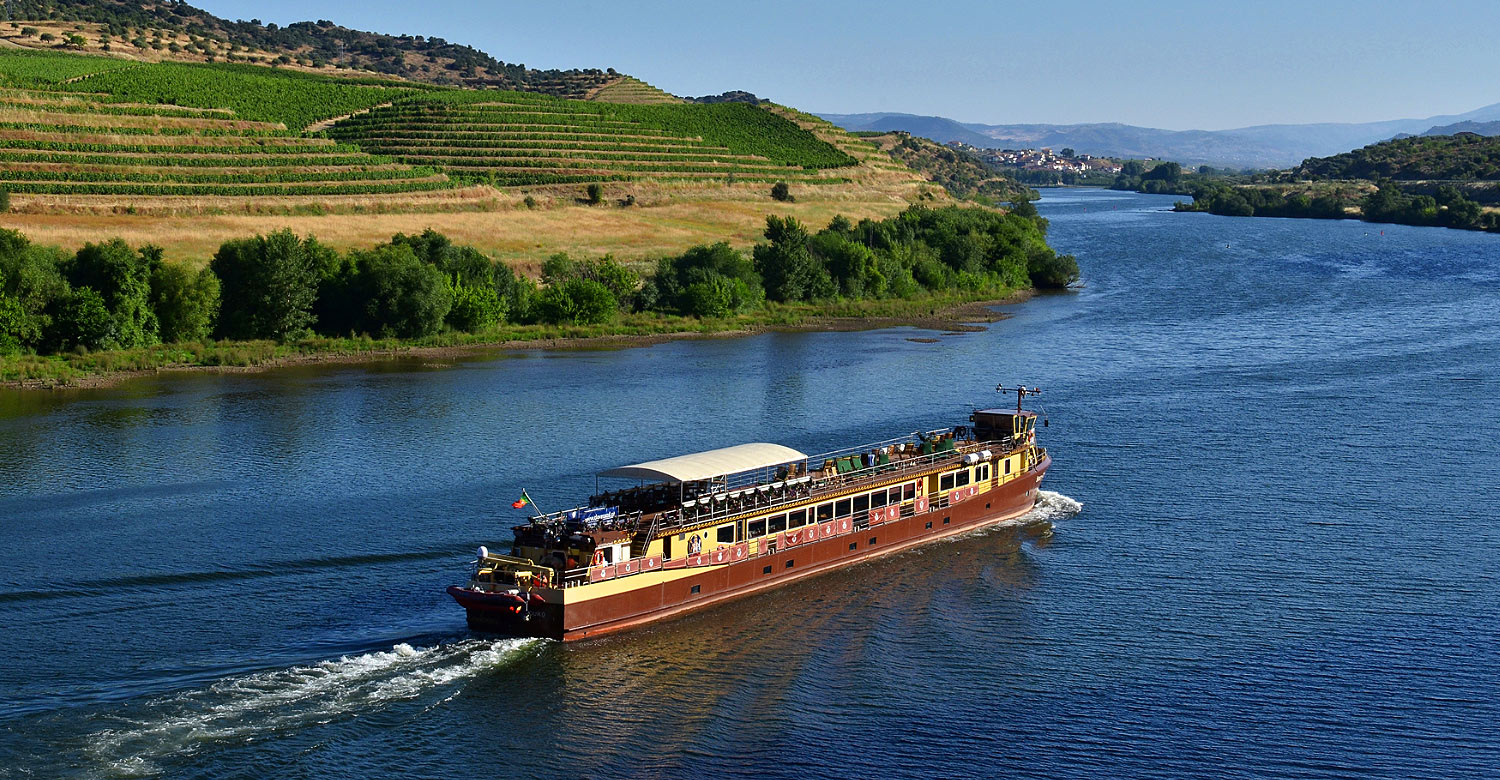
Alentejo & the Algarve southern Portugal
Whitewashed fishing villages on low cliffs overlooking sandy coves were transformed in the 1960s, and now its central coast between Lagos and Faro is lined with villas, hotels, bars and restaurants. The region's western Atlantic coast and rugged interior are less developed.
The principal city in Algarve, Faro, offers visitors the perfect combination of modern amenities and natural beauty. Shopping, dining and entertainment opportunities abound, and scenic gardens and open spaces provide pockets of relaxation throughout the city. There’s a pretty Old Town section in Faro worth exploring as well.
The Alentejo region is vast, occupying nearly a third of Portugal. The southern, or lower Alentejo Baixo, is characterized by a rolling landscape, has the most beautiful plains panting with olives trees you’ll ever see. Évora the regional capital, is the obvious starting point, and you should allow two days to discover this enchanting destination, the historic center of which is a UNESCO World Heritage Site.
The surrounding area lends itself to a convenient circuit, and any tour should take in medieval Monsaraz and its evocative 13th-century castle. From its weatherworn ramparts, you can gaze over another impressive landmark, the enormous Barragem de Alqueva, the largest manmade reservoir in Europe.
The Upper Alentejo, Alto Alentejo, embraces a significantly different geography to that of the region's southern half and offers a dissimilar but no less appealing sightseeing experience.
From Evora start to explore the picturesque villages like Estremoz and Évoramonte before arriving at Vila Viçosa, where you can join a guided tour of the town's sumptuous 16th-century Paço Ducal, the royal palace.
Once an important center for textile, tapestry, and silk manufacture, Portalegre offers the chance to visit the last remaining factory still in use and browse a fascinating museum dedicated to the industry.
The terrain north of Portalegre is notably more rugged as the road climbs up the Serra de São Mamede, a remote range that's home to an abundance of flora and fauna. This is classic hiking territory, and if time permits and you've come prepared, indulge in a spot of hill walking. In fact, if you want to explore further, it's worth considering spending a couple of days at the pretty spa town of Castelo de Vide. A rewarding detour is its near neighbor, the medieval hamlet of Marvão, dramatically set at over 800 meters on a granite escarpment.
PEACE OF MIND BOOKING PLAN
Cooling-Off Period
Change of Mind
On-Ground Support
Prices in AUD
Industry Accredited
Australian Owned & Operated
What our customers say
Awsome Holiday! The best experience Perfectly planned for less hassle 👌 Thank you Cassandra for your help We will definitely be using Entire Travel Group on our next adventure
Cassandra from Entire Travel arranged a perfect holiday for us at Le Moana in Bora Bora. The flights and transfers worked seamlessly, our overwater bungalow was perfectly positioned and staying on Matira Point was like being in paradise! I was so happy with how well the trip was put together for us.
We recently had a great family of 6 adventure to the West coast of Canada. Thankyou to Sam from the Entire Travel team who took all the planning hassles away from us. Everything was planned to perfection and ran to clockwork. Using the Trip Plan App made things so much easier for us with all booking info at our fingertips. It’s an adventure we will talk about for years to come.
My travel partner and myself have just returned from our trip to Switzerland ( May 2024 ) and wanted to put in writing our utmost gratitude to Katelyn Mulgrew and the team from Entire Travel Group for the professional, prompt and extensive service provided from start to finish. Kate was there with us every step of the way and answered any question or concern we had in a patient and understandable way, which left us with reassurance and confidence. Switzerland Grand Tour was amazing with picture postcard scenery at every turn. Every aspect of the booking was flawless, from the hotels, transportation and documentation it all worked seamlessly. Hotels were comfortable, central, welcoming and contained everything a traveller could need. Train travel throughout Switzerland is the only way to go, you just get on sit down and relax while enjoying the ever changing and spectacular scenery. I have, and, will be recommending Entire Travel Group to all my friends for any of their travel needs and, will definately be using them as my go to company for any future adventures. Thank you again to Kate and the team for helping us tick this item off our bucket list.
Helpful Information
In general, the best times to visit and experience as much as possible in Southern Portugal are between end of March and early June or mid-September and mid-to-late November.






